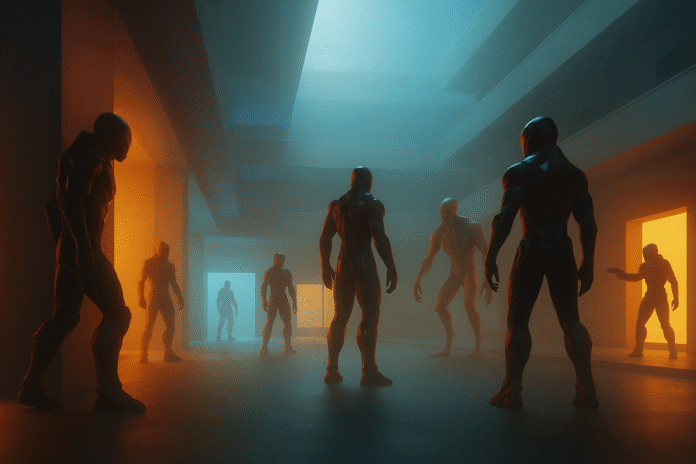Motion capture has dramatically evolved the gaming space over the years. What once relied on frame-by-frame artistry now achieves life-like realism through advanced technology. Specifically, it is revolutionizing the animation and visual effects in games, creating immersive experiences.
For indie developers and major studios alike, understanding motion capture in game animation is very important. It is what continues to shape modern game development. Let us explore this in detail, as this article will provide an informative discussion about motion capture along with the tools and techniques used in game animation.
Why Motion Capture Matters
Motion capture refers to the technology and the process of recording physical movements of actors and then recreating them on digital models. It includes tracking body and facial expressions.
In gaming, this is a key tool for generating natural and engaging movements, enhancing the realism of characters and interactions. At the same time, the technology reduces costs and speeds up production.
To cut it short, it is what makes the job easier for 3D animators in bringing animations to life.
How Motion Capture Works
Generally, motion capture follows a few key steps. First, it captures movement. Next, the captured data is converted into digital motion files. After that, it is mapped onto 3D models. Finally, the details are refined to ensure smooth and realistic motion in the game.
Essential Tools for Motion Capture
Modern motion capture depends on a mix of equipment and software that work hand in hand.
-
Equipment
Motion Capture Cameras, Motion Capture Markers or Suits, Calibration Tools, Computing Hardware, Lighting System, and Gloves and Facial Capture Components.
-
Software
Autodesk MotionBuilder, Faceware, iPi Soft, Rokoko Studio, Unreal Engine, or Vicon.
Techniques Used in Motion Capture
Five methods can be used in game animation. Each technique or approach offers advantages to bring realistic human movement into digital worlds.
-
Optical Motion Capture
Optical Motion Capture utilizes cameras and reflective markers in recording movement.
-
Inertial Motion Capture
Inertial Motion Capture relies on wearable suits with accelerometers and gyroscopes, removing the need for external cameras.
-
Magnetic Motion Capture
Magnetic Motion Capture makes use of magnetic sensors in a controlled magnetic field to detect movement.
-
Markerless Motion Capture
Markerless Motion Capture employs depth-sensing cameras and AI algorithms to record movement and expression with no physical markers.
-
AI-Driven Motion Capture
AI-Driven Motion Capture uses machine learning algorithms for better performance in capturing motion data.
The Growing Role of Motion Capture
Motion capture is now within the reach of developers in game animation. Both indie and blockbuster studios can maximize the technology to achieve realism, efficiency, cost-effectiveness, and enhanced performance. Overall, it has become a vital part of making titles more captivating and expressive, pushing innovation in gaming further.
Note: This article integrates information from Animost, Autodesk, Metavurx, Rocket Brush Studio, Rokoko, Remocapp (A), and Remocapp (B) to ensure accuracy and depth.
